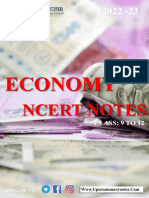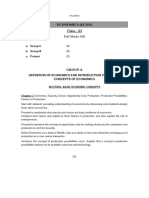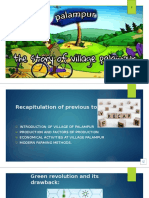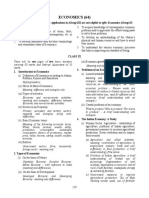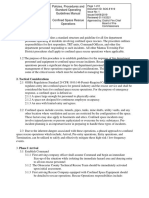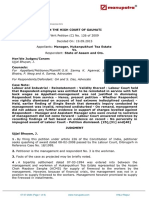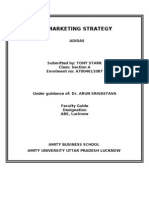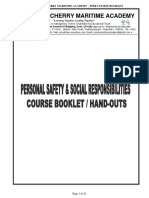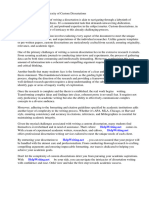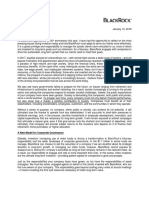0% found this document useful (0 votes)
57 views3 pagesClass 9 Economics Revision Notes
The document provides detailed revision notes for Class 9 Economics, covering topics such as the production factors in the hypothetical village of Palampur, the role of people as resources, challenges of poverty, and food security in India. It highlights the importance of education, health, and government initiatives in improving productivity and addressing unemployment and poverty. Key government schemes like MGNREGA and PDS are discussed as measures to enhance food security and support the poor.
Uploaded by
pi8534ykCopyright
© © All Rights Reserved
We take content rights seriously. If you suspect this is your content, claim it here.
Available Formats
Download as PDF, TXT or read online on Scribd
0% found this document useful (0 votes)
57 views3 pagesClass 9 Economics Revision Notes
The document provides detailed revision notes for Class 9 Economics, covering topics such as the production factors in the hypothetical village of Palampur, the role of people as resources, challenges of poverty, and food security in India. It highlights the importance of education, health, and government initiatives in improving productivity and addressing unemployment and poverty. Key government schemes like MGNREGA and PDS are discussed as measures to enhance food security and support the poor.
Uploaded by
pi8534ykCopyright
© © All Rights Reserved
We take content rights seriously. If you suspect this is your content, claim it here.
Available Formats
Download as PDF, TXT or read online on Scribd
/ 3

















